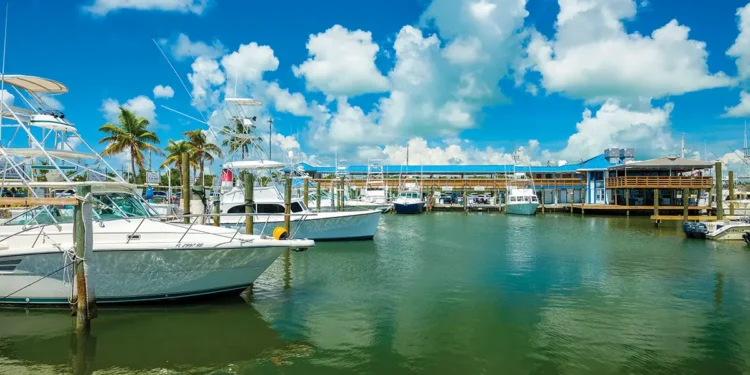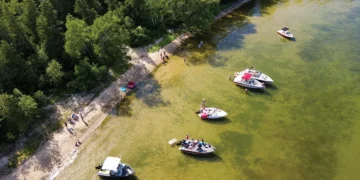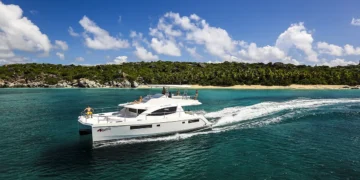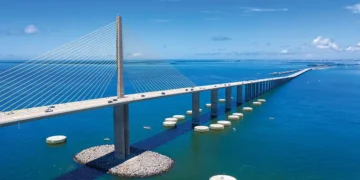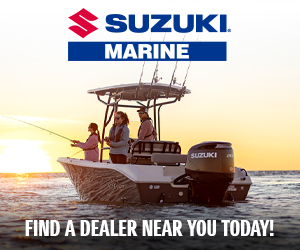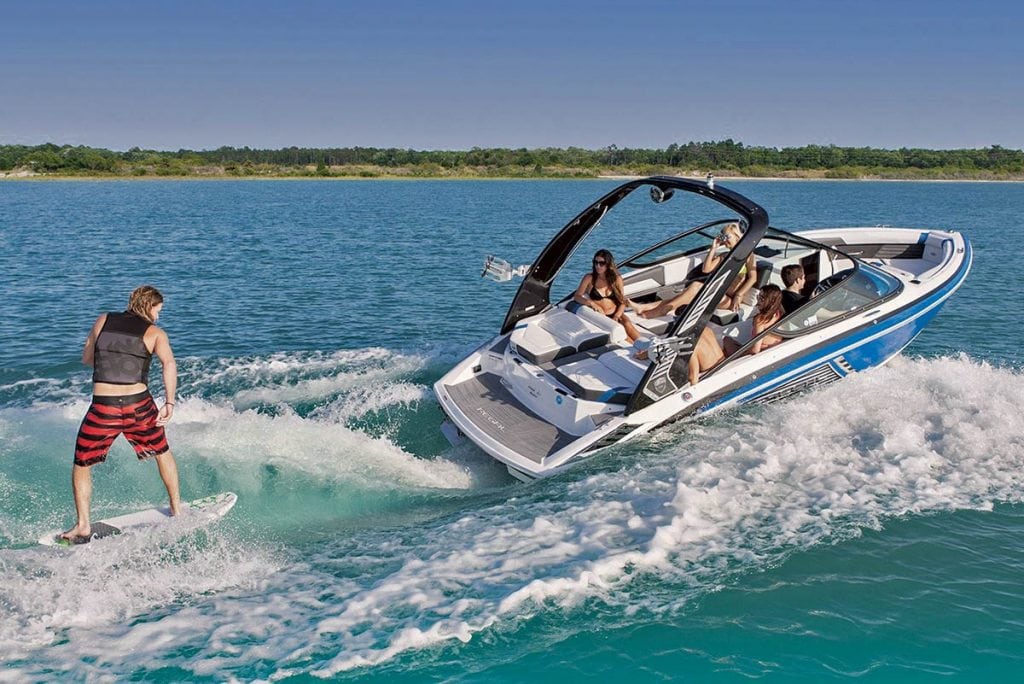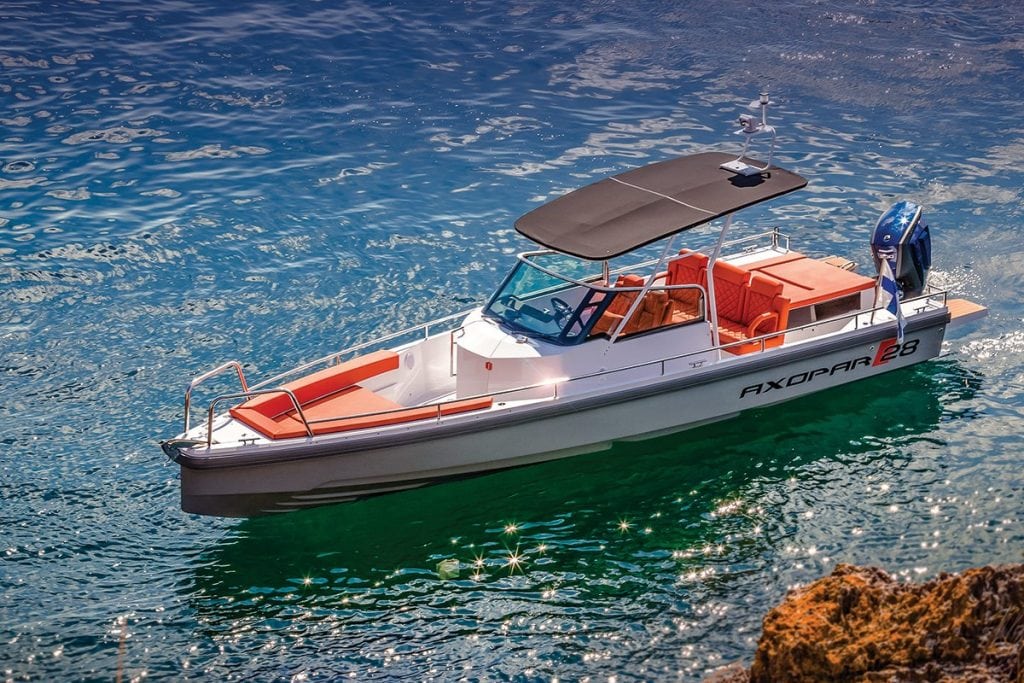The island chain has many different options for the avid angler.
Fishing the Florida Keys is a dream vacation for the avid angler. With proper planning, you can find the perfect location to call home port for a few days, a week, or even a month. Upper, Middle and Lower Keys are all options with differences in the land-based accommodations, but the fishing is incredible all throughout the island chain.
It’s all about the water—the fishing, snorkeling, diving. While day-trippers may prefer the shorter drive from the mainland to the Upper Keys, Marathon on Vaca Key is our favorite choice. It is settled nicely in the Middle Keys with access to almost any water sport as well as golf and a turtle museum. Vaca Key is also an easy drive to Key West where “close to perfect, far from normal” is its slogan for a decidedly different pace.
So, let’s find sleeping arrangements for you and your fishing crew along with where to safely park your boat, gear, and trailer.
Also Read:
Sport Express Cruiser Buyers’ Guide: 22 Standout Boats Going Into 2026
Performance and power come together in 22 versatile vessels. Quick Facts Coverage: 22 sport express cruisers across cats,...
Options are a Good Thing
If you only have time for a short trip, then a hotel with secure trailer parking and nearby boat ramp may be the ticket. Some boat ramps have a fish cleaning station and a hose on-site to clean you and your gear before heading back to your hotel. You will find hotels that welcome the fishing fleet throughout the Keys.
Another opportunity for any fishing adventure is to book a rental house with a dock in the back yard. Vrbo and Airbnb are two popular websites to find your desired amenities. Keep your boat tied to the bulkhead of your waterside rental. Then your boat is always in sight and just a short walk to a freshwater hose to rinse everything. It is ideal because you can launch the boat just once during the trip. Docked in the backyard, you can load and unload at ease.
Cooking Your Catch
After a successful day on the water, your fresh catch tastes wonderful on the grill, steamed, or oven baked. But if you’re not in the mood to cook, call some local restaurants. Many will offer a dinner menu featuring fresh fish cooked the way you like it with all the sides and beverages served to your table. Sit back and relax, let the pros prepare your dinner. A favorite restaurant of ours in Marathon is Barracudas, and they can help you with your fresh catch. Now that we are hungry, let’s go catch dinner.
Bait or Lures?
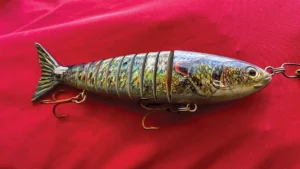
Fish are moody creatures. You are best prepared to have both lures and fresh bait to meet their mood. To catch your own fresh bait, consider using light tackle around buoys or near the reef or rocks. If your boat is equipped with electronic outboards that feature a dynamic positioning option, then use that to hold the boat upwind or upcurrent. Then you can cast down to the sweet spot. A smart trolling motor is another option if your outboards do not have that hold feature.
Now that you have bait and lures, you are ready to start trolling for mahi-mahi, billfish, or wahoo in Hawk’s Channel, oceanside. Where? Just look for the birds flying that have a great view of the baitfish below. The birds and the bigger fish are waiting for dinner. A good plan is to troll around the edges of the baitfish. Do not go into the circle or they will scatter. Hopefully, you’ll catch some of those larger fish for your own dinner.
Subscribe Here For More Boating Content
Bottom Dwellers
Next, try a deep drop with a heavy sinker for tilefish, grouper, or other bottom dwellers. A SONAR depth gauge that reads the deeper depth is best but using the GPS charting feature should put you on location. Start in the 300-foot-deep area about three to four miles oceanside of the Keys. Depending on your level of success, you might move out to even deeper water. Larger reels with braided line and a heavy sinker will get the rig to the bottom fast.
I prefer the longer cylindrical weights instead of the cannon balls because they can penetrate the sea floor and hold the leader in place with the triple or two rig bait flowing in the current attracting fish. When the boat drifts, the line will stretch and jerk the weight up and reset a few yards later to start over again.
Program a course for your smart trolling motor to follow a depth contour, keeping the fishing gear on location.
Wrecks Aplenty
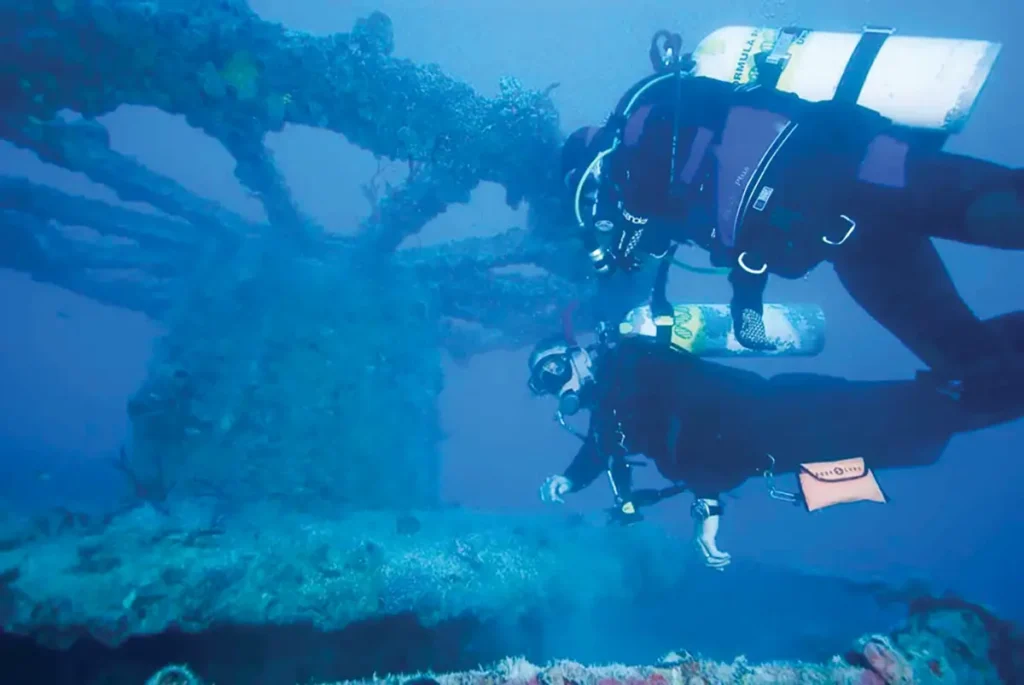
Another idea is to cruise over to a marked wreck or artificial reef and troll around the outer perimeter. Two popular spots are the Thunderbolt Wreck sunk in 120 feet of water and the old 7 Mile Bridge Rubble. The Thunderbolt Wreck was purposely sunk for SCUBA divers and has a mooring ball at each end. The balls are about 15 feet below the surface, so a snorkeler has to jump overboard and attach a mooring line before anyone else goes overboard. Dive boats should be flying a red and white divers down flag alerting other boaters that there are divers in the water. When trolling around this 188-foot-long shipwreck be sure to stay off the actual wreck. You may hook a diver!
The old 7 Mile Bridge was featured being blown to smithereens in the movie True Lies starring Jamie Lee Curtis and Arnold Schwarzenegger as their characters escaped through the roof of a limousine to the helicopter overhead. The old metal swing bridge at Moser Channel and concrete sections were actually discarded to become another artificial reef in 90-110 feet. Beware! Anchoring anywhere near this pile of rubble can snag your anchor so a dynamic positioning feature, such as Skyhook, will be perfect to keep the boat on location without risking losing an expensive anchor and rode.
There are hundreds of wrecks off the Keys. You can easily find their coordinates on the Florida Fish & Wildlife Conservation Commission’s (FWC) website at myfwc.com/fishing/saltwater/artificial-reefs/locate.
Look But Don’t Take
Skeletal iron lighthouses such as the one at Sombrero Reef were designed to allow heavy seas to go through the structure and not knock it down. They have been there since the late 1850s and mark a shallow reef that is now a Sanctuary Preservation Area (SPA). This is a no-take zone and is marked by yellow buoys. The white mooring balls are free to use in daylight with no need to use an anchor and destroy the coral reef. But remember: No rod or reels at the SPA.
Got Your License? Let’s Go!
You and your guests are required to have a Florida fishing license, and it’s easy to get one. You can do it online. Before registering for the license, study your purpose. Saltwater, freshwater, sharks, spiny lobster, and other categories may require additional permits. The FWC website has up-to-date rules and locations to purchase your license. myfwc.com/license
Clean the boat, gear, and fish, then dinner and lights out. An awesome day of fun awaits tomorrow.
-By Capt. Chris Caldwell


